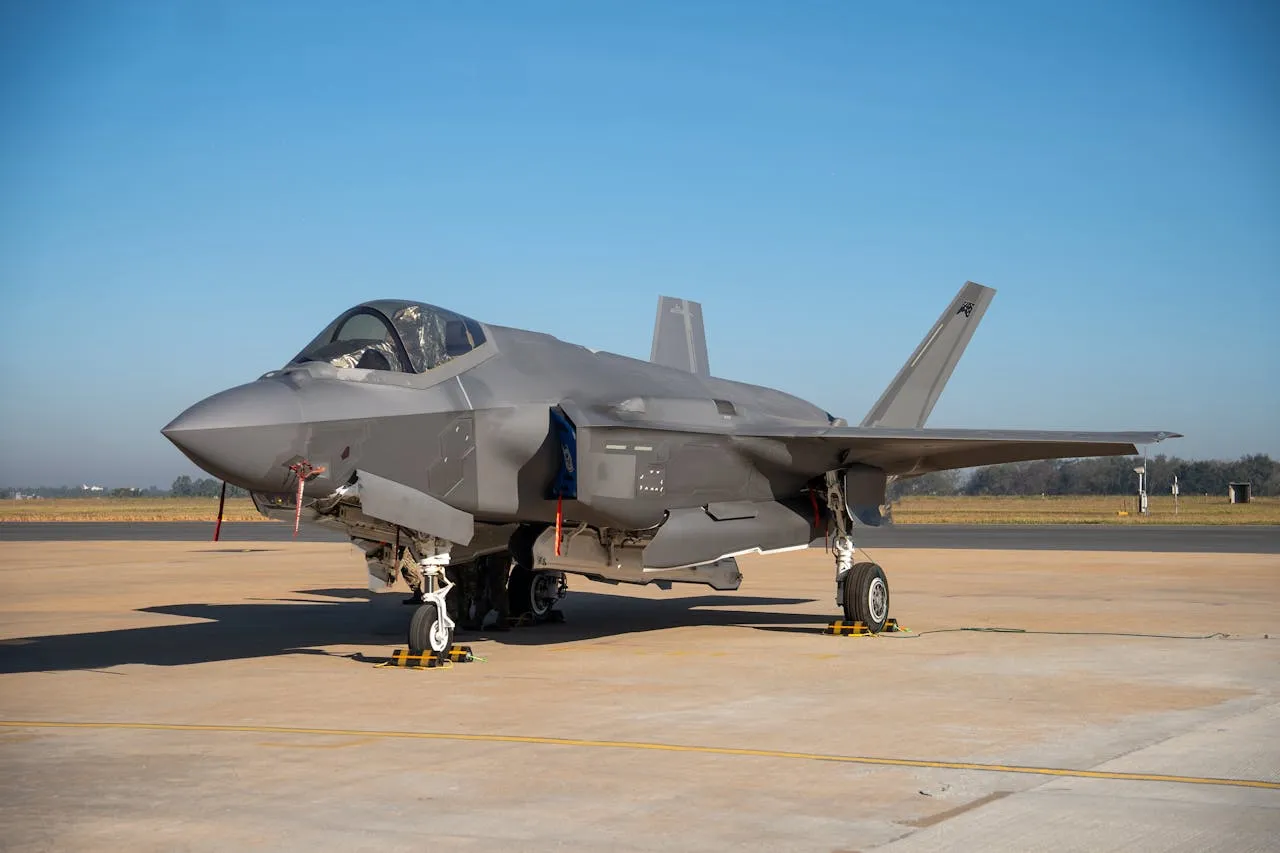
Demonstrating MATRIX Flight Autonomy to the U.S. Marine Corps
How will uncrewed or autonomy-assisted helicopters help the U.S. Marine Corps prevail on the highly dispersed and contested battlefields of the 21st century? That question was at the center of a recent visit by a Marine Corps team to Sikorsky’s headquarters in Stratford, Connecticut, where the company showcased its MATRIX™ flight autonomy system both in advanced simulators and through live demonstrations.
The Marine Corps’ interest is tied directly to its Aerial Logistics Connector (ALC) program, which is focused on identifying reliable, scalable, and mission-ready technologies that can keep Marines supplied and sustained in complex battle environments. By evaluating MATRIX, the Corps is seeking to understand not only the maturity of Sikorsky’s autonomy software but also how effectively it can be adapted for the unique needs of Marine expeditionary operations.
Meeting Logistics Challenges in Contested Battlespace
In modern warfare, logistics is no less important than firepower. The ability to deliver supplies, ammunition, equipment, and medical support in denied or dangerous areas can determine the outcome of campaigns. For the Marine Corps, which envisions operations in widely distributed island chains and other austere environments, resupply must be reliable, precise, and safe.
Autonomous and autonomy-assisted helicopters are a potential game-changer. They can reduce the risk to pilots, extend operational reach, and ensure that even in degraded conditions—such as poor visibility, electronic warfare disruption, or active enemy threats—critical resources reach Marines on the ground. MATRIX aims to provide exactly that: adaptable levels of autonomy across both rotary-wing and fixed-wing platforms.
Inside the Simulator
The demonstration began in Sikorsky’s advanced simulator, where ALC team members observed MATRIX software in action. A virtual helicopter executed missions tailored to the Corps’ requirements, showing how the autonomy system could carry out complex flights with minimal pilot input.
Military pilots were then invited into the simulator cockpit. With MATRIX acting as a virtual co-pilot, they manually flew the same missions, testing how effectively the system could assist with flight path adjustments and mission replanning in real time.
The evaluation also emphasized precision landings under difficult conditions. MATRIX-enabled aircraft successfully navigated confined areas and touched down in reduced visibility, including challenging brownout scenarios caused by rotor wash in dusty terrain. These demonstrations highlighted how autonomy could reduce pilot workload while increasing safety and mission reliability.
Live Flight Demonstrations
Later that same day, the Marine team moved to Sikorsky’s flight field, where they witnessed MATRIX in action on actual aircraft. Using a tablet interface, ALC team members remotely commanded two different helicopters equipped with the autonomy system.
- Optionally Piloted Black Hawk®: From eight miles away, the team directed a Black Hawk to autonomously take off, fly to a designated landing zone, and deliver an external load with precision.
- Sikorsky Autonomous Research Aircraft (SARA): The S-76® helicopter was tasked to navigate a complex virtual obstacle course before reaching its objective, showcasing MATRIX’s ability to handle dynamic challenges.
Dan Shidler, director of Sikorsky Advanced Programs, emphasized the importance of these live exercises. “Running unscripted missions in both the simulator and outside gave ALC members insight into a proven optionally piloted system that can reliably take on all flight tasks or significantly reduce a human pilot’s workload when weather conditions worsen or mission complexity increases,” he explained.
The ability for Marines—many of whom are not trained pilots—to quickly re-task an uncrewed aircraft using only a handheld tablet underscored the system’s battlefield practicality. “Tablet command of aircraft from the ground showed how easy it is for a Marine, who is not a pilot, to quickly re-task an uncrewed aircraft on the battlefield,” Shidler added.
The MATRIX Technology Advantage
MATRIX is not a one-off system but a foundational technology platform developed by Sikorsky with support from the Defense Advanced Research Projects Agency (DARPA). Its purpose is to provide scalable levels of autonomy that can be integrated into any fixed-wing or rotary-wing aircraft, enhancing both new and legacy fleets.
For Sikorsky, MATRIX is central to the future of vertical take-off and landing (VTOL) platforms. It is already viewed as a critical enabling technology for the U.S. Army’s Black Hawk fleet, which continues to be the workhorse of U.S. military aviation.
Beyond the Army, MATRIX is also embedded in all VTOL unmanned aircraft systems (UAS) under development for DARPA’s EVADE program, which focuses on enhancing autonomous maneuvering in complex environments.
As of August 2025, Sikorsky’s optionally piloted Black Hawk equipped with MATRIX has logged more than 700 hours of autonomous flight. These missions have demonstrated advanced flight management capabilities not only to the Army and Marine Corps but also to the U.S. Air Force, NASA, firefighting organizations, and civil operators.




